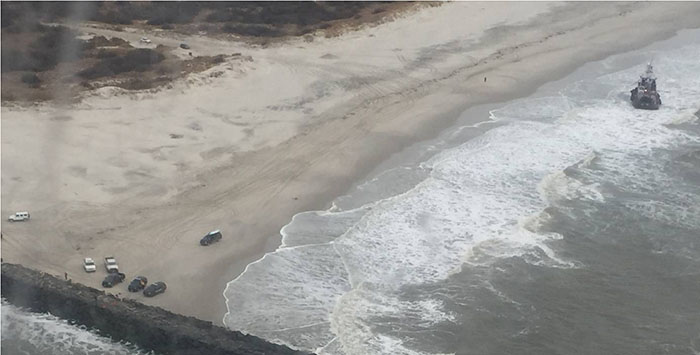The first major revision in 40 years to the Coast Guard form for reporting marine casualties will simplify paperwork burdens for both operators and the Coast Guard, the result of a three-year effort to modernize the system.
Designed to be easier and faster to fill out, the three-page CG-2692 report can also be submitted digitally with electronic signatures. The revision whittled down the number of required data points too. A single-vessel incident report that had 75 questions is down to 40, and personnel casualty reports went from 25 to 14. Reporting an incident involving multiple barges that once required 20 to 35 answers to questions, now takes just 17.
There are revised addendum forms for describing barge incidents, personnel casualties, witnesses and chemical testing. After decades without major changes, the form’s language was also updated to conform to modern U.S. legal and regulatory language. The old forms can be used until Dec. 31, 2016, but the Coast Guard is pitching the new form as much easier for mariners to use.
Reforming CG-2692 has long been a cause for industry advocates, including the Passenger Vessel Association, whose members for years have told of seemingly random and onerous reporting requirements for inconsequential incidents, such as momentary groundings without damage.
Critics called the form outdated, with antiquated definitions, and said its very title – Report of Marine Accident, Injury or Death – made too much of lesser, but still reportable incidents. It is now titled Report of Marine Casualty, Commercial Diving Casualty, or OCS-Related Casualty.
In July 2015 the Coast Guard took a step toward CG-2692 reform by issuing Navigation and Vessel Inspection Circular No. 01-15, a guidance directive for reporting and investigating marine casualties. The PVA welcomed that move, saying it would help clear up sometimes conflicting interpretation among Coast Guard officers, which in some cases had prevented vessels from operating.
Those clarifications gave guidance on when mariners are expected to submit a CG-2692, and noted specific exemptions, such as accidents involving shipyard workers that are not the result of a vessel accident. Other clarifications instructed when mariners need not file a casualty report, but report hazardous conditions, such as momentary groundings or falls overboard when a person is recovered without injury.




